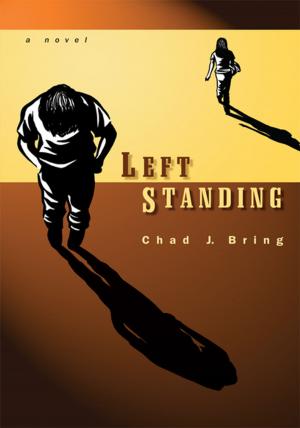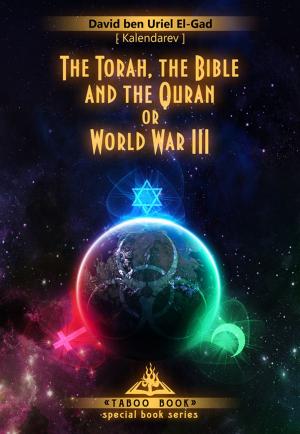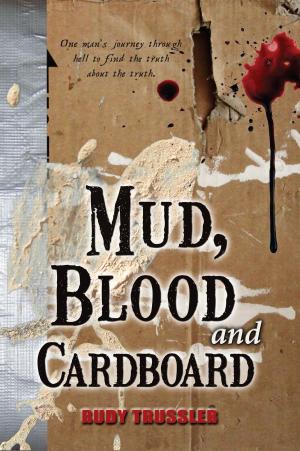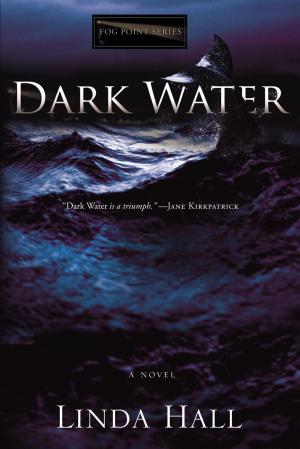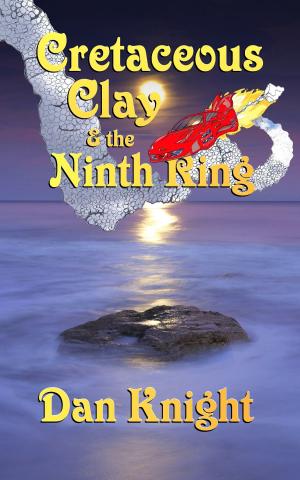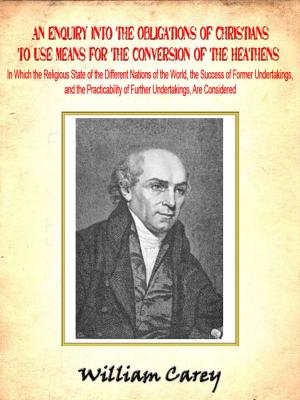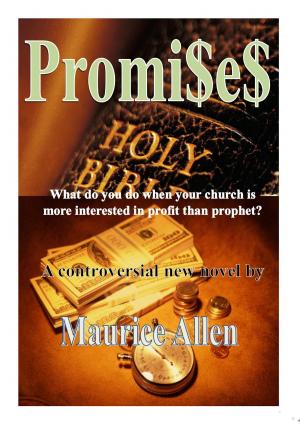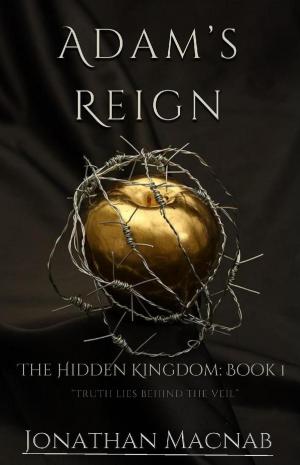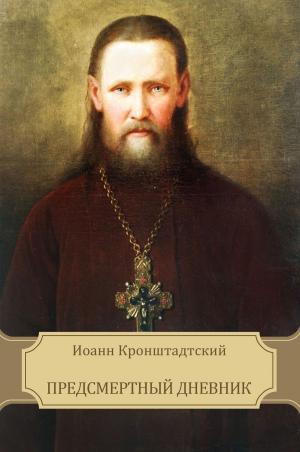Camelot Fallen, Book One: Rise
Science Fiction & Fantasy, Historical, Fiction & Literature, Religious| Author: | Joshua Darwin | ISBN: | 1230000243896 |
| Publisher: | Joshua Darwin | Publication: | June 1, 2014 |
| Imprint: | Language: | English |
| Author: | Joshua Darwin |
| ISBN: | 1230000243896 |
| Publisher: | Joshua Darwin |
| Publication: | June 1, 2014 |
| Imprint: | |
| Language: | English |
The tale of King Arthur and his knights has been told and retold countless times over a thousand years. According to legend, the king’s tomb is marked by the cryptic inscription, “Here lies Arthur, the Once and Future King.” And although this epithet is meant to signify the promise of Arthur’s prophesied messianic return, the phrase may also be adapted to the premise that the character of King Arthur is a changing, dynamic hero who serves as a touchstone for the ideals of the various times and cultures in which his tales have been recorded. In recent decades, authors and filmmakers have highlighted the pagan, druidic roots of the original Celtic legends, the possible historical sources for the iconic characters, and the grit and grime of Post-Roman Britain over the romantic sheen of the High Middle Ages. However, in many of the early medieval stories, especially The Quest for the Holy Grail, Arthur and his knights were not just chivalric heroes, but spiritual champions as well. While drawing on classic aspects and influences throughout the Arthurian canon, CAMELOT FALLEN returns the tale to its medieval Christian legacy, full of theology and allegory, telling an epic story of love, faith, despair, and redemption.
A novel in three parts, the tale of CAMELOT FALLEN begins in BOOK ONE: RISE, with a land in peril, a gifted young blacksmith with a thirst for justice, a mysterious old man living outside of time, and a bookish orphan who is shocked to discover that he is destined to be king...
The tale of King Arthur and his knights has been told and retold countless times over a thousand years. According to legend, the king’s tomb is marked by the cryptic inscription, “Here lies Arthur, the Once and Future King.” And although this epithet is meant to signify the promise of Arthur’s prophesied messianic return, the phrase may also be adapted to the premise that the character of King Arthur is a changing, dynamic hero who serves as a touchstone for the ideals of the various times and cultures in which his tales have been recorded. In recent decades, authors and filmmakers have highlighted the pagan, druidic roots of the original Celtic legends, the possible historical sources for the iconic characters, and the grit and grime of Post-Roman Britain over the romantic sheen of the High Middle Ages. However, in many of the early medieval stories, especially The Quest for the Holy Grail, Arthur and his knights were not just chivalric heroes, but spiritual champions as well. While drawing on classic aspects and influences throughout the Arthurian canon, CAMELOT FALLEN returns the tale to its medieval Christian legacy, full of theology and allegory, telling an epic story of love, faith, despair, and redemption.
A novel in three parts, the tale of CAMELOT FALLEN begins in BOOK ONE: RISE, with a land in peril, a gifted young blacksmith with a thirst for justice, a mysterious old man living outside of time, and a bookish orphan who is shocked to discover that he is destined to be king...


